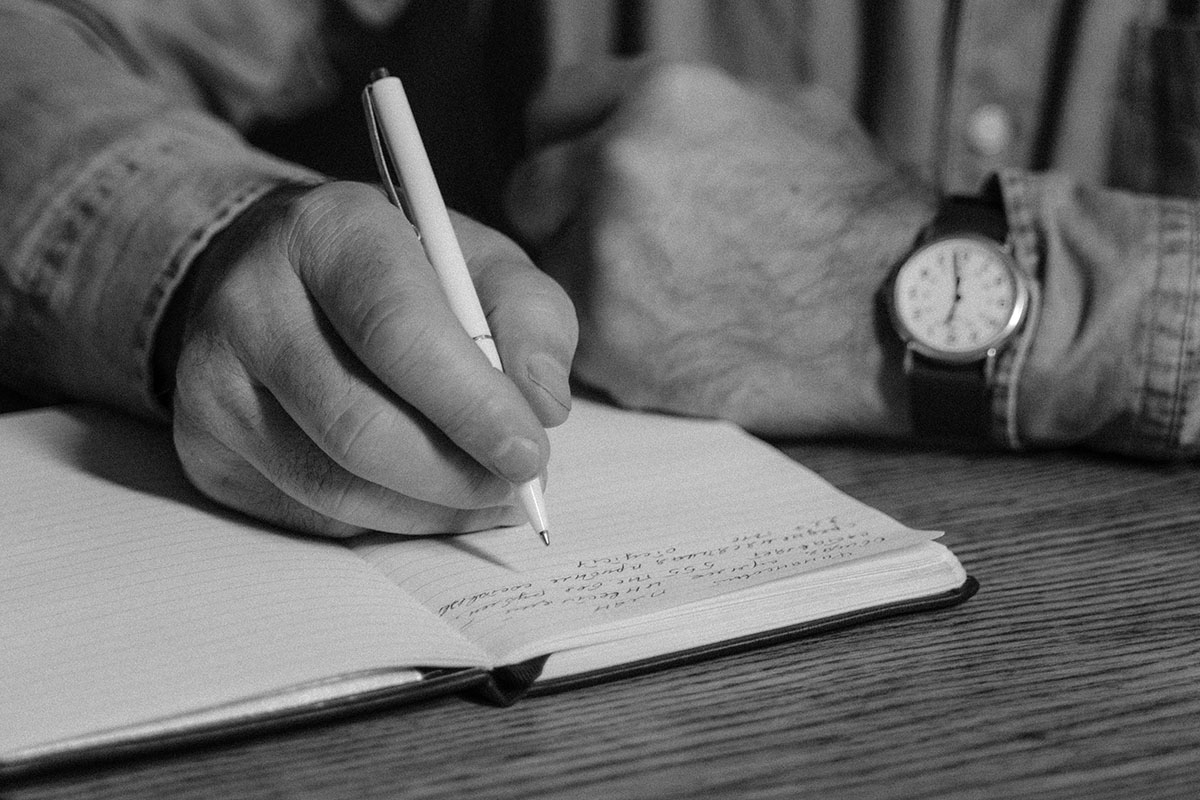Blog
Musical Instruments and the Difficulty of Mastery
One of my favorite places to go is the Musical Instrument Museum. Located in the northern reaches of Phoenix, it’s about an hour’s drive from my home. But the drive is always worth it, whether I am attending a cultural event, a live concert, or wandering for hours through the museum itself, captivated by their vast collection of musical instruments from all parts of the globe. Their collection exceeds 7,500 individual instruments coming from more than 200 different countries and/or territories – impressive given that there are only 193 members nation-states comprising the United Nations.
I am struck as I wander the halls of the Musical Instrument Museum at the sheer diversity of the various types of instruments:
Stringed instruments:
- Guitar
- Violin
- Banjo
- Sitar
- Viola
- and even, technically speaking, the Piano
Wind Instruments:
- Flute
- Trumpet
- Saxophone
- Organ
- Bassoon
- Tuba
- Trombone
- Clarinet
- Flugelhorn
Percussion Instruments:
- Timpani
- Cymbals
- Xylophone
- Bongo drums
- Conga drums
- Maracas
- Metal bells
- Timbales
- Claves
- Cuica
- Güiro
- Tabla drums
I also find it striking that if a given culture, a given tribe or group of people, wishes to create a musical instrument, even if it is crafted in a remote, third-world country, even in a place with no resources of any significance, the human spirit finds a way.
What also fascinates me is that when it comes to moving beyond the rudiments of performing on such instruments, when it comes to mastery, some instruments are more difficult than others.
For example:
A drum kit, consisting of a bass drum with tom-toms mounted on top, along with a snare drum, a floor tom-tom, and various cymbals (including a double-cymbal called a “hi-hat”) is really a consortium of percussive instruments used in various rock bands or jazz combos. Such an instrument demands total limb independence between both hands and both feet to attain rhythmic mastery. No easy task!
One of my favorite instruments is the harp, but it is no easy task to master the harp. This stringed beauty demands wide stretches of the fingers of both hands and includes a rather tricky pedaling system.
The piano, another of my favorite instruments, which is actually a stringed instrument, is not all that difficult an instrument to master in the early to mid-range stages of development, as everything is visually laid out in front of the performer in a logical format. But try mastering Rachmaninoff’s Piano Concerto No. 3 in D minor, Op. 30. This terrifying piece is called “the Everest of piano concertos.” Brutally long (roughly 40 minutes of spell-binding intensity, filled with massive chordal passages, blistering double notes, giant leaps, and thick textures) it demands both stamina from the performer as well as musical poetry. Let me know how that works out for you if the make the attempt, and good luck!
This may surprise you, but the Scottish instrument known as the Bagpipes is actually a vexing instrument to master, due to the need for continuous airflow and tuning challenges.
Now let’s look at the really challenging musical instruments to master. Here, in reverse order, are my top five:
- Number 5: the Organ. Similar to the drum kit, the organ demands coordination of both hands and feet, and often involves playing multiple manuals (i.e., multiple keyboards) simultaneously. At its highest levels, the organ is daunting because it demands multi-tasking: phrasing, registration (i.e., choosing stops/tones), and precision. Whether involving the intricate counterpoint by a Bach composition (example: Toccata and Fugue in F Major, BWV 540), or the massive church works (examples would include the Toccata Finale in Charles-Marie Widor’s Symphony No. 5 in F minor, Op. 42, No 1, or Louis Vierne’s “Carillon de Westminster” from Pièces de fantaisie) playing the organ at that level is like running a marathon.
Number 4: French Horn. This instrument is demanding because it sports a very small mouthpiece yet requires tightly spaced harmonics, which makes it easy to hit the wrong partial. The wide range inherent in this brass beauty requires near-perfect lip control and enormous stamina. The French Horn demands a delicate balance of air pressure, embouchure (i.e., the way a player shapes and uses their lips, facial muscles, and surrounding structures –including jaw, cheeks, and tongue – to produce sound on the mouthpiece) and hand position in the bell. It is arguably the single most difficult brass instrument to play accurately.
Number 3: Violin. With a reputation as the essential instrument in any orchestra, what makes the violin so maddingly vexing is that it contains no frets whatsoever. Thus, every note must be placed with precision by ear. Also, the bowing technique, from the amount of pressure employed, to the angle of the bow, to the speed, is highly complex. It takes years of dedication before it stops sounding “scratchy” and it requires balancing intonation, vibrato, dynamics and phrasing – a lifelong work.
Number 2: Classical Guitar. I qualified this instrument with the word “classical” to distinguish it from other types of guitars, such as the steel string acoustic guitar (the classical guitar uses nylon strings), the electric guitar, or other variations of the electric guitar such as the midi guitar, the guitar synthesizer, etc.) All types of guitars are difficult to master, but the classical guitar is in a class all by itself. The difficulty in mastery comes from the fact that the performer must handle melody, harmony, and rhythm simultaneously. There is a demand for right-hand independence, where the thumb often plays a base line while the other fingers play both inner and outer voices. On top of all of that, the classical guitar is highly sensitive to things like the shape of the fingernails of the right hand, touch, and even the angle of the fingers – of both hands; very small differences equate to significant tonal changes. The classical guitar also comes with a highly complex repertoire with polyphonic textures, wide stretches and lightning-fast shifts. If you doubt me on this, try attempting to master a piece by Heitor Villa-Lobos called Etude No. 12, which combines relentless arpeggios with huge stretches all across the fretboard, demanding shifts, and an orchestral density that pushes the classical guitar to is physical and expressive limits. And the piece is not just about technique; the performer must bring clarity, color, and musicality to something that feels almost unplayable in terms of stamina and precision. Good luck.
Number 1: Oboe. The oboe is a double-reed woodwind. I consider it the most daunting, difficult, and demanding musical instrument of all time – even more so than the classical guitar. It may seem like a surprising choice for the top spot in terms of difficulty, but the oboe has extremely sensitive double reeds (often handmade by the musician) and requires surreal breath control, as there is lots of resistance and very little air. The oboe is very difficult to stay in tune, even for virtuosos. The oboe is an unforgiving instrument: even a tiny change in embouchure will result in big pitch or tone shifts that were unintended by the musician.






